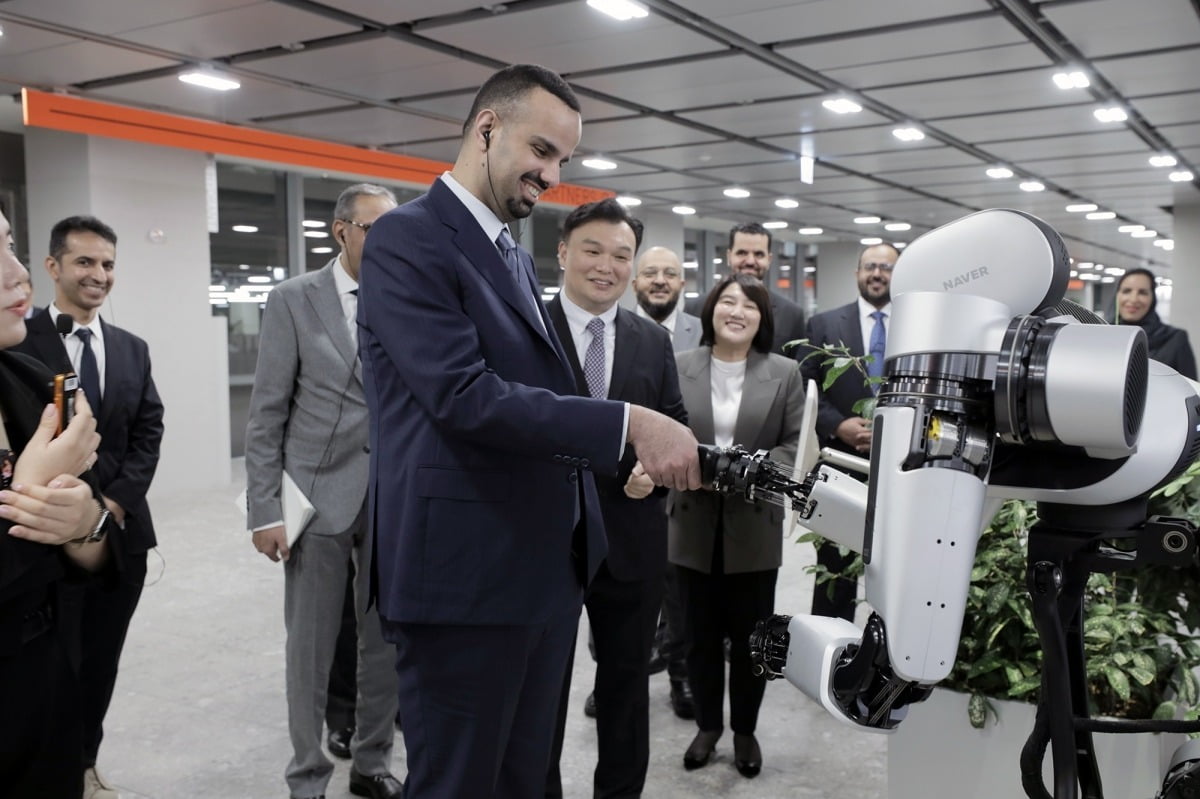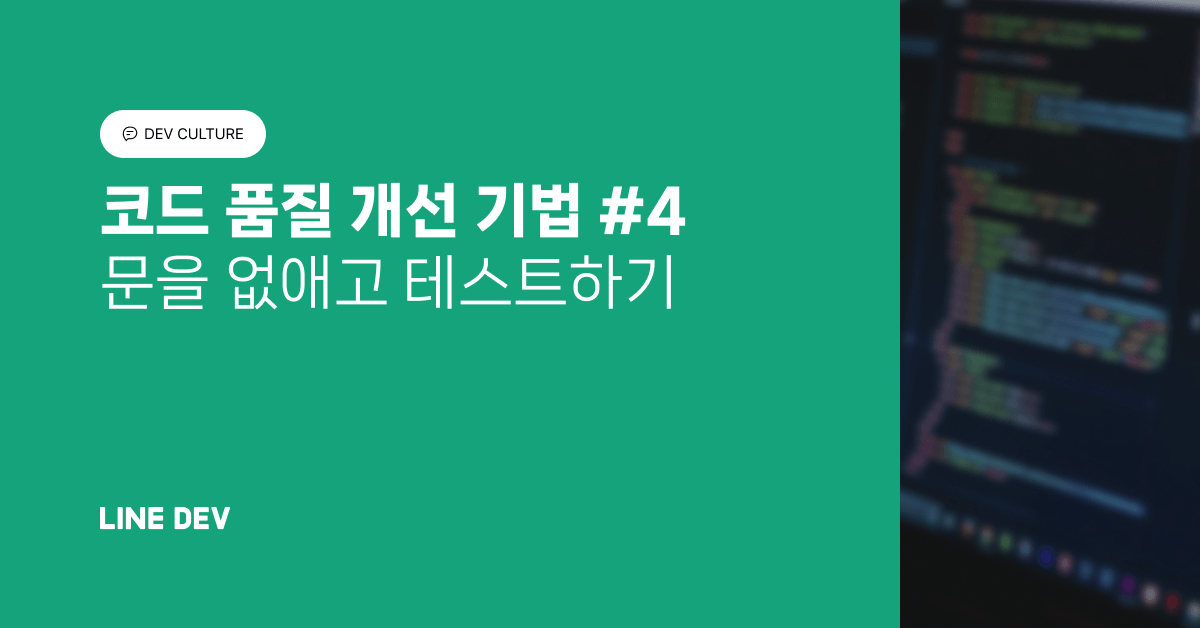Let’s discuss why traditional SAP security is insufficient for today’s ecosystem. The SAP landscape’s evolution with digital transformations, cloud adoption, and more and more integrations and open endpoints has expanded the threat landscape and complexity. It’s no longer just an internal application where traditional role-based access control and governance, risk, and compliance (GRC) mostly limited to logical and access control and segregation of duties will protect your SAP application from new cybersecurity threats, including, but not limited to, ransomware and data breaches. We’ll briefly discuss all the changes that happened and are happening now with SAP ecosystems, which warrants SAP security professionals and the cybersecurity/information security (InfoSec) team coming together to protect SAP from cybersecurity threats. Whether organizations are going through digital transformations or cloud adoption, moving toward using hybrid landscapes, relying more and more on third-party systems/applications and integrations, mitigating financial risks, preventing any fraud, and complying with regulatory requirements, the most important thing is preserving their customer’s trust. Digital transformations, as we all know, are everywhere, whether it’s digitizing your supply chain business processes, finance, e-commerce, human resources, or customer relationship management (CRM). Organizations, customers, and their businesses are adopting digital technologies on a rapid scale. With the advent of cloud, artificial intelligence (AI), machine learning, and automation/robotics process automation, enterprise applications like those provided by SAP have become modern and more mobile-friendly with user experiences such as SAP Fiori. This new shift and digital transformation efforts have significantly altered the threat landscape for SAP. Digital Transformation and Cybersecurity Go Hand in Hand: SAP systems are no longer an SAP R/2 or SAP R/3 system accessed only via the SAP GUI client. In today’s world, SAP provides SAP SuccessFactors digitizing HR processes, SAP Ariba for supply chain and procurement, SAP Concur for travel and expense, or SAP S/4HANA as your core enterprise resource planning (ERP) system. These systems are offered over the internet via URL or the mobile app; therefore, just doing what we’ve been doing around SAP from a security perspective won’t help us protect ourselves from cybersecurity threats and adversaries. Apart from increased attack surface with digital transformation and more complex data security, privacy, and compliance requirements, we’re also adding reliance on more and more third-party risks. This is because most of the time, these digital transformations include third-party/vendors helping customers do digital transformations, which includes being an implementation partner/system integrator and also offering solutions, products, and services. While all of this helps businesses with their transformations from a cost perspective, it also increases complexity and security requirements and governance. The SAP ecosystem is moving to the cloud with SAP’s push to SAP S/4HANA Cloud via the RISE with SAP and GROW with SAP programs (see figure below); customers have either moved their on-premise SAP systems to the cloud or are evaluating it right now. The shift is imminent—even if customers don’t move to SAP’s version of the cloud, they are moving to one of the leading public cloud providers (Amazon Web Services [AWS], Microsoft Azure, Google Cloud Platform [GCP]). Cloud is the preferred choice for organizational leaders to host any resource, including SAP. In the cloud, the SAP systems are no longer shielded by the physical and network security of the on-premise environment. The shift exposes SAP vulnerabilities and threat vectors inherent in cloud platforms such as misconfigured storage or inadequate access controls and risks due to the multitenant and shared nature of the cloud. Furthermore, the decentralized nature of cloud services complicates visibility and control, increasing the risk of unauthorized access and data breaches. Traditional perimeter-based security strategies must be updated with the cloud, requiring more dynamics and a multilayered approach. The transition requires a fundamental rethinking of security strategies to protect the SAP environment effectively in the new cloud world. The cloud model also means you’re outsourcing a lot of security responsibility to the cloud service provider and the third party while moving to a shared responsibility model. Most of the time, there is a false sense of security around the cloud, as even with the cloud, the ultimate security responsibility lies with customers only. As we discussed, SAP’s shift toward the cloud and with SAP acquisitions over the years, especially with software as service (SaaS) applications such as SAP SuccessFactors, SAP Ariba, and its new SAP Business Technology Platform (SAP BTP), most customers’ SAP landscapes are already hybrid landscapes. With the SAP hybrid landscape (see next figure), critical business processes span across systems, and sensitive data and applications are distributed across as well. The mixed landscape complicates policy enforcement and identity management, so securing the landscape and traditional SAP security wouldn’t be enough. As already discussed, organizations on a digital transformation journey are moving to more complex enterprise architectures. The enterprise landscape is involved, where they use different vendors and third parties for additional solutions, resulting in many open integrations, interfaces, and APIs both inbound and outbound with SAP. Open integrations and APIs expose SAP systems to external environments, increasing the potential entry points to cyberattacks. Each integration and interface brings more complexity, and as most of the SAP security team activities, including GRC, have been limited to SAP applications, these third-party integrations and interfaces must also be secured. Mitigating financial risks involves identifying, analyzing, and taking steps to minimize or control exposure to threats that could lead to financial losses. These risks can arise from various sources, such as market fluctuations, operational failures, credit issues, and so on. Because SAP holds the organization’s crown jewels, including sensitive financial business processes, data, and transactions, and is a system of record for financial and accounting reporting, it’s becoming a prime target of cyberattacks. A breach can lead to substantial economic loss; therefore, incorporating robust cybersecurity measures into traditional SAP security and GRC is more critical than ever. Though SAP has the advantage of having matured GRC processes and technologies with the SAP GRC solutions (in particular, SAP Access Control and SAP Process Control), it may be better prepared or at least better audited due to financial and accounting reporting compliance (e.g., with Sarbanes-Oxley [SOX]). SOX and GRC work is limited to logical control, access control, and change management from the SAP perspective, as well as usually limited to the application layer. However, it must go beyond and incorporate a cybersecurity mindset and processes to mitigate financial risks. Traditional SAP security measures are often inadequate for preventing fraud in the SAP ecosystem due to several factors: The SAP world has been compliant with SOX for years, as SAP systems are used as a core financial and accounting system by leading organizations, including but not limited to public companies from the United States. With SAP GRC solutions, SAP’s control environment is pretty mature regarding finance and accounting related to SOX. Still, with the advent of cloud and digital transformations and an open digital world, there are more regulations beyond SOX, such as privacy and data regulation in Europe, General Data Protection Regulation (GDPR), and other rules worldwide. The number of rules worldwide is increasing, requiring more local compliance for companies. Doing what we do today from SAP security is insufficient and won’t protect the SAP landscape. Doing everything you can from a cybersecurity perspective and not just limiting yourself to traditional SAP security is paramount for organizations. Organizations must do their due diligence to protect customer data and retain customer trust. A breach of security is a matter of when it will happen, not if it will happen; company leaders, chief information security officer (CISOs), and SAP leaders all need to realize that just doing traditional SAP security and GRC aren’t enough to protect SAP and preserve customer trust in today’s digital world. From an SAP perspective, a customer can be an internal employee who uses the SAP SuccessFactors HR system, a supplier using SAP Ariba, or simply a business user using SAP S/4HANA Finance or supply chain business processes. Maintaining the trust involves several vital practices: Editor’s note: This post has been adapted from a section of the book Cybersecurity for SAP by Gaurav Singh and Juan Perez-Etchegoyen.Digital Transformations
Cloud Migrations

Hybrid Landscapes

Third Party: Open Integrations and Interfaces
Mitigating Financial Risks
Preventing Fraud
Complying with Regulations
Preserving Customer Trust









![[글로벌 이슈/김상운]반세기 만에 재현된 韓日 ‘안보 협력’](https://dimg.donga.com/wps/NEWS/IMAGE/2025/02/12/131021108.1.jpg)






 English (US) ·
English (US) ·